The cozy island of Chiloé
Publicēts: 07.02.2018
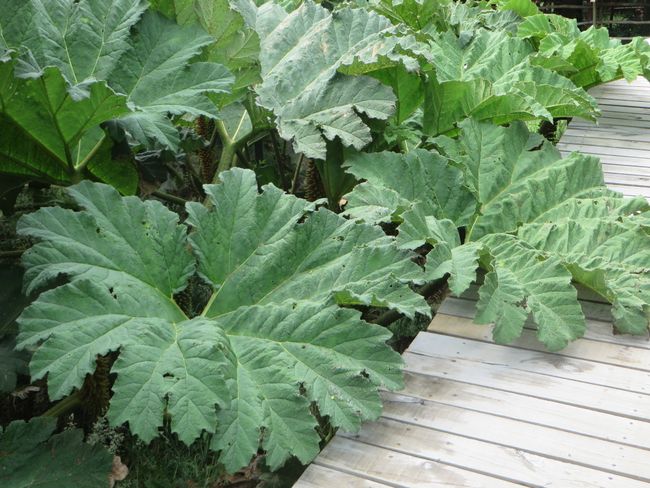
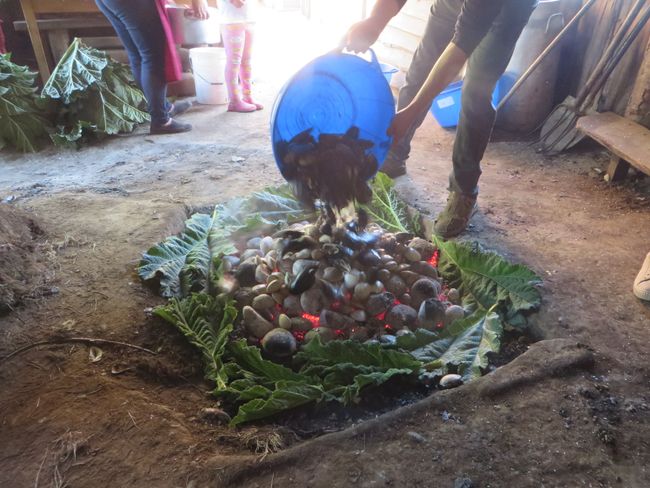
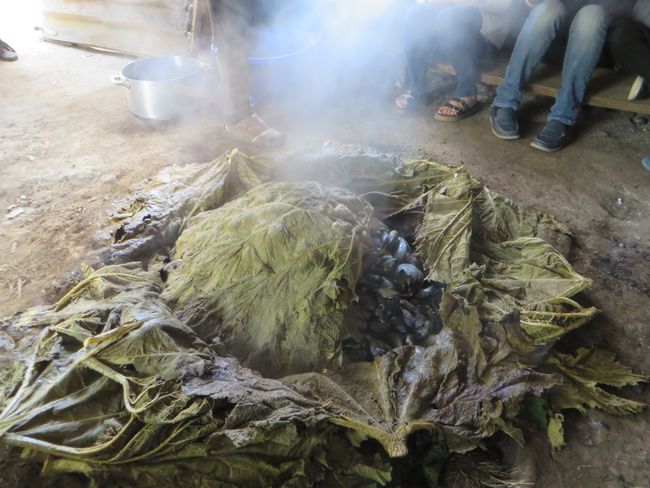
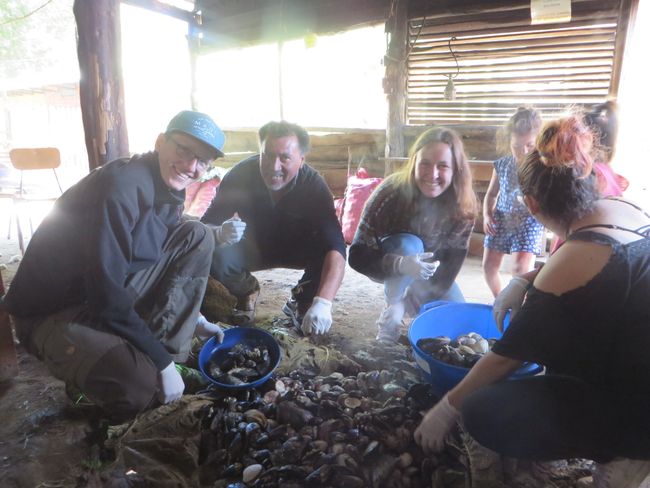
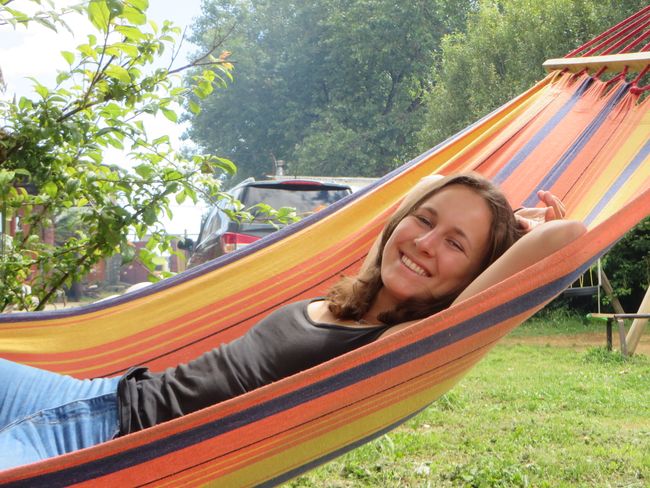
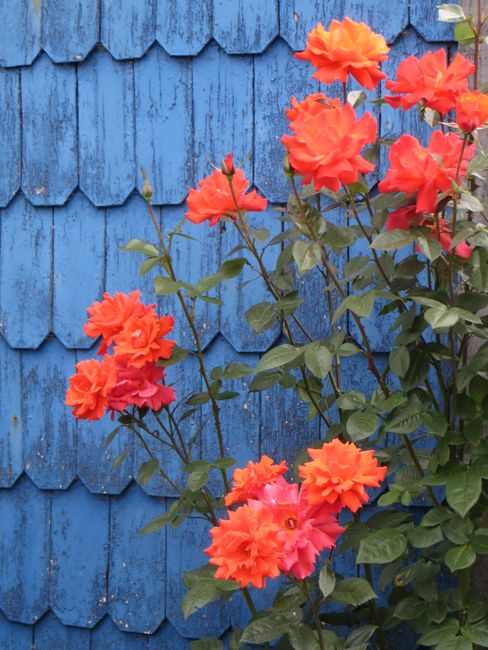
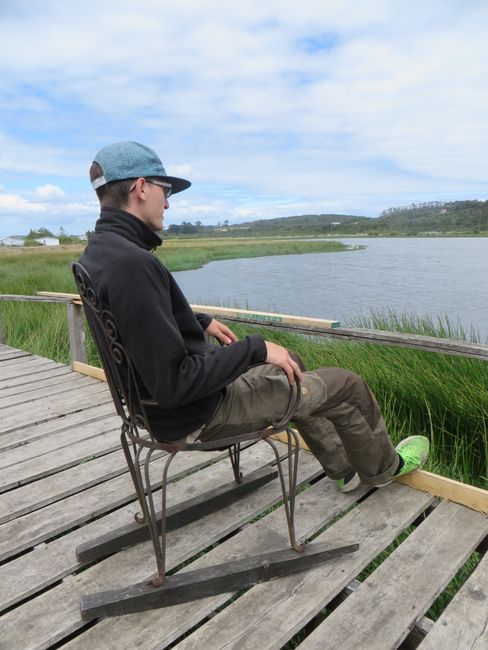
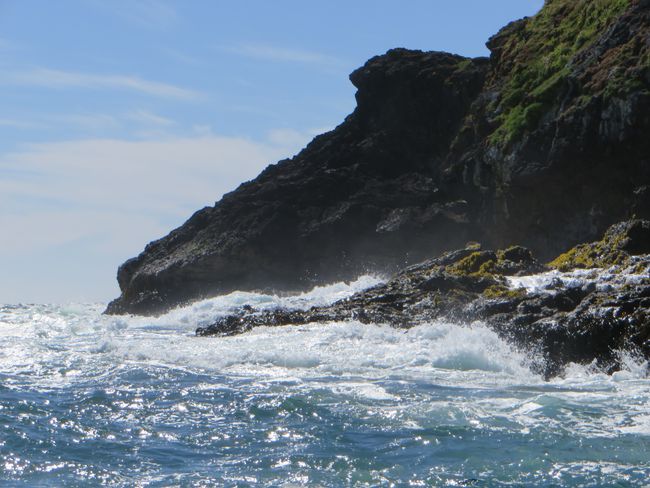
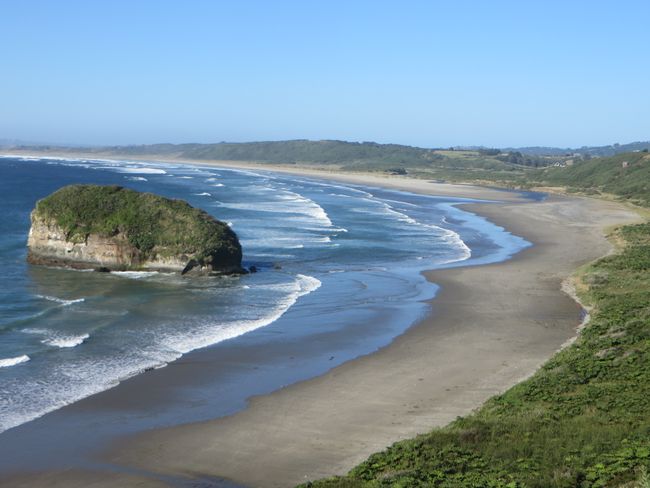
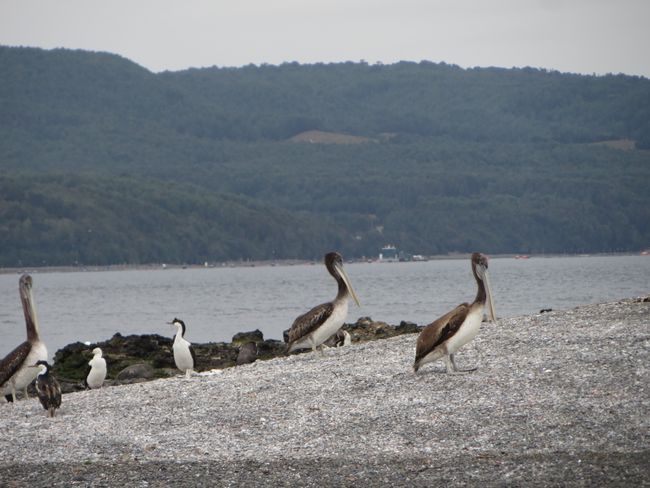
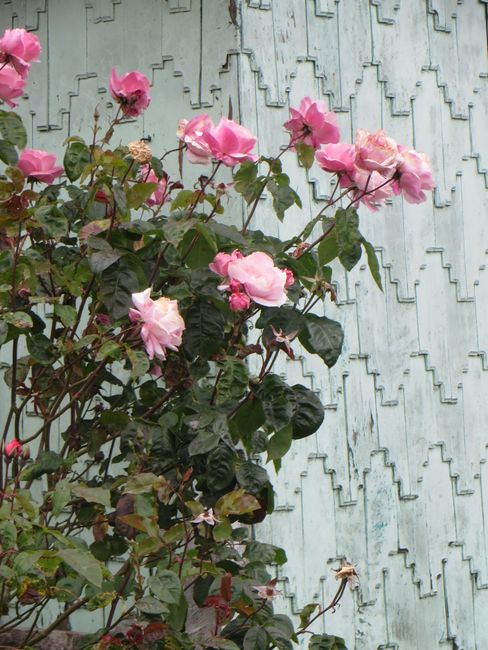
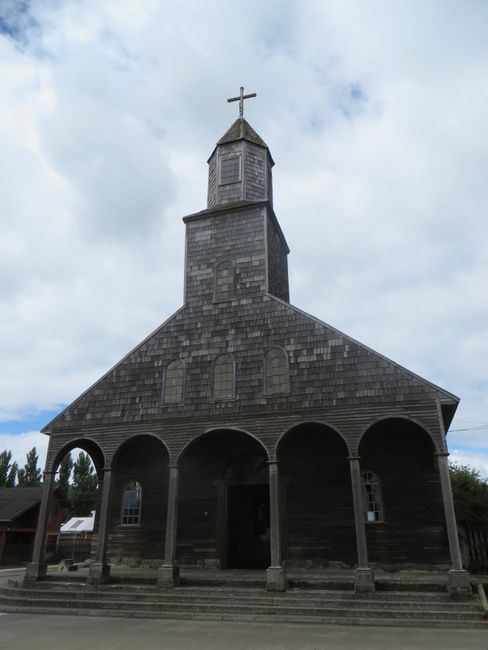
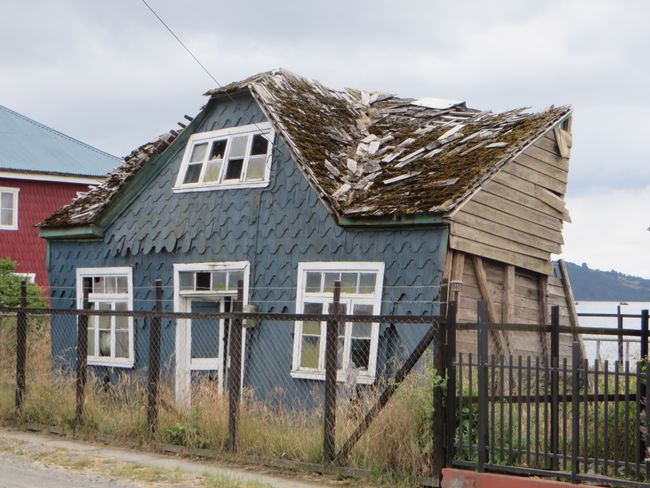




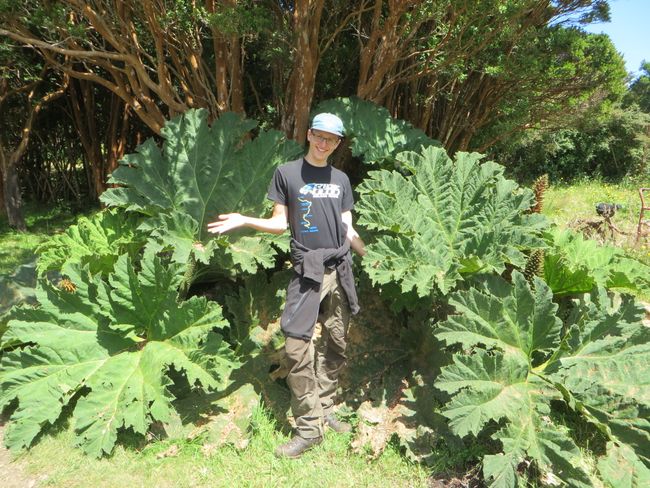
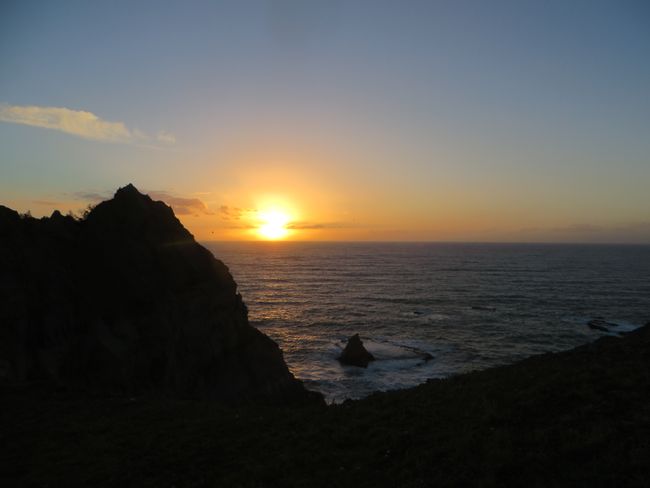
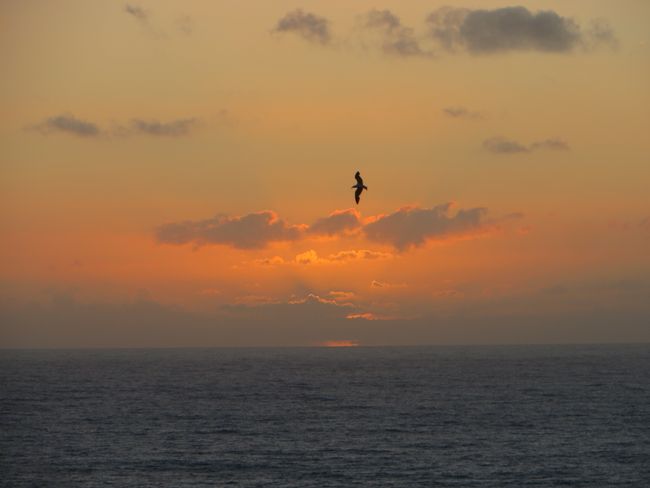
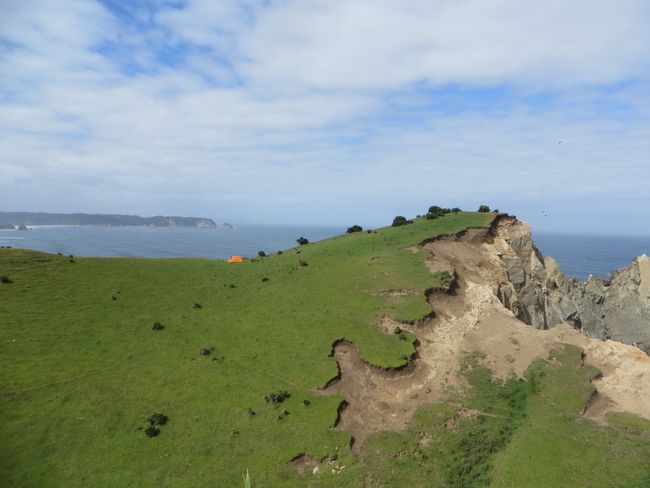
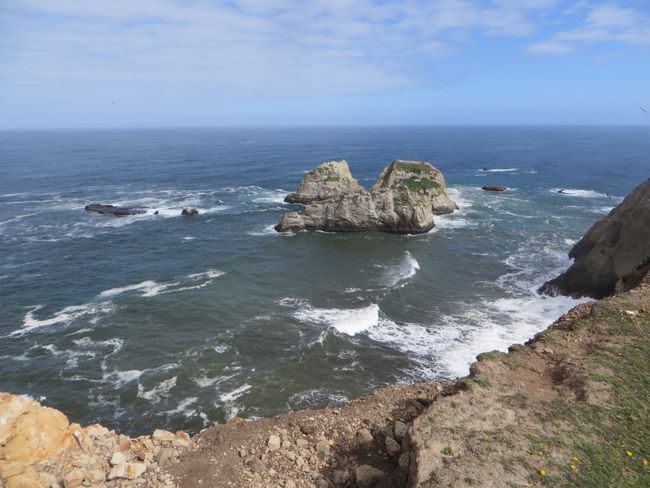
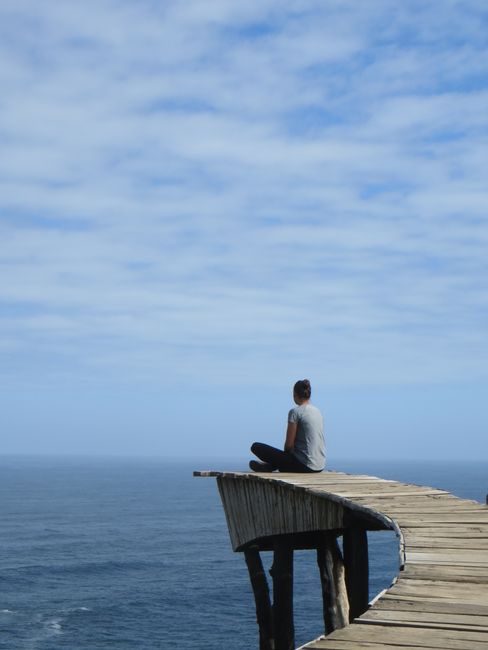
Abonējiet biļetenu
Off the tourist routes, off the Pacific coast of the mainland, lies the archipelago of 'Chiloé'. Although officially belonging to the Chilean Republic, it is clear that the 'Chilote', as he proudly calls himself, brings and lives a slightly different cultural and historical heritage than his neighbor on the continent.
Although Chiloé was also occupied by the Spaniards from the 16th century and was only assigned to the Republic of Chile in the 19th century, the Christianization of the mainly Huilliche population here failed miserably. To this day, the ancient mythology of the Indians dominates the thinking of the approximately 150,000 island residents. There is, among other things, the legend of 'Ten Ten Vilu' and 'Cai Cai Vilu', two giant dragons that represent the sea and the land respectively, and whose eternal battles created the earth with its current continents and oceans.
Or the story of the 'Pincoyas'. These are young, beautiful women who live on the ocean floor and can appear to the fishermen in the mist of the coastal waters. If they start dancing on the surface of the water, they attract schools of fish and other marine animals, which brings the corresponding fisherman the luck of a huge catch.
My favorite legend is that of the 'Camahueto', the magical horned bull, who lives in the forests of the island and whose horn, if (with the help of a 'Brujo', a sorcerer) you manage to catch it, possesses healing powers...
Also typical of 'Chilote' is the 'Curanto'. This is a dish consisting of clams, meat, potatoes and homemade bread, cooked in a pit in the ground. The ingredients are placed directly on previously heated rocks and covered with huge 'Pangue' leaves and chunks of earth. Of course we tried it and it tastes really delicious :) A bit like smoked...
Chiloé impressed us very much. The island definitely invites you to linger, we spent over two weeks here and enjoyed the relaxed time very much.
Abonējiet biļetenu
Atbilde (2)
Reifenberg
Unglaublich die Insel. Und wenn da nicht das orangefarbene Zelt am Abgrund gestanden hätte, würde ich sagen: ihr wart die einzigen Touristen auf der ganzen Insel. Zumindest am Strand ist keiner. Während wir hier auf den Frühling warten ... warten ... und warten .... nähert sich bei Euch eigentlich spürbar der Herbst, wo ihr doch immer weiter in Richtung Süden reist?Reifenberg
Oskar schreibt: coole Bilder .
